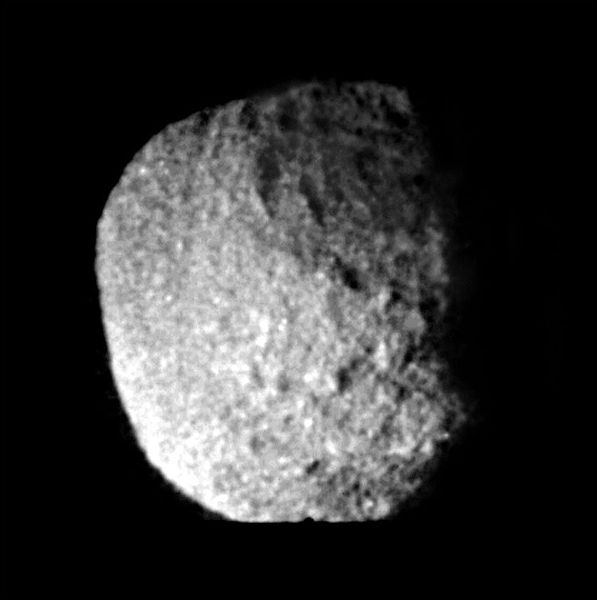The definition of the term planet has changed several times since the word was coined by the ancient Greeks. Greek astronomers employed the term ἀστέρες πλανῆται, 'wandering stars', for star-like objects which apparently moved over the sky. Over the millennia, the term has included a variety of different celestial bodies, from the Sun and the Moon to satellites and asteroids.
Sketch of the heliocentric model of the Solar System by Copernicus
Proteus, a moon of Neptune, is irregular, despite being larger than the spheroidal Mimas.
A telescopic image of Pluto and Charon
The brown dwarf Gliese 229B in orbit around its star
Geophysical definition of planet
The International Union of Geological Sciences (IUGS) is the internationally recognized body charged with fostering agreement on nomenclature and classification across geoscientific disciplines. However, they have yet to create a formal definition of the term "planet". As a result, there are various geophysical definitions in use among professional geophysicists, planetary scientists, and other professionals in the geosciences. Many professionals opt to use one of several of these geophysical definitions instead of the definition voted on by the International Astronomical Union, which is the governing body that astronomers recognize when it comes to nomenclature.
Under geophysical definitions of a planet, there are more satellite and dwarf planets in the Solar System than classical planets.





